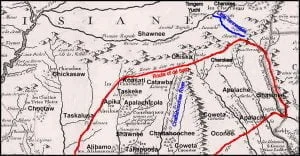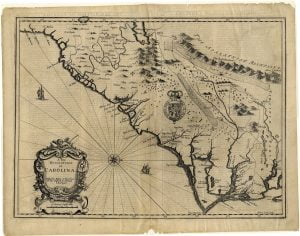Who Really are the Cherokees?
In 1976, while writing his dissertation for a Ph.D. in Anthropology, Archaeologist Bennie Keel was under heavy pressure to state that the Cherokees had lived in western North Carolina for at least 1000 years. That was a new policy adopted by the State of North Carolina. What Keel did say was that only three probable Cherokee structures in North Carolina had produced radiocarbon dates before the 1720. Keel noted that there was a century long gap between the archaeological record of large towns with multi-roomed rectangular houses, large plazas and pyramidal platform mounds, and the small villages typical of the … Read more




